Paradise Officials Unveil $53 Million Plan to Rid Damaged Water Pipes of Contaminants
It could be February 2021 until the California town’s water system is completely cleared of chemicals introduced during the disastrous Camp Fire.
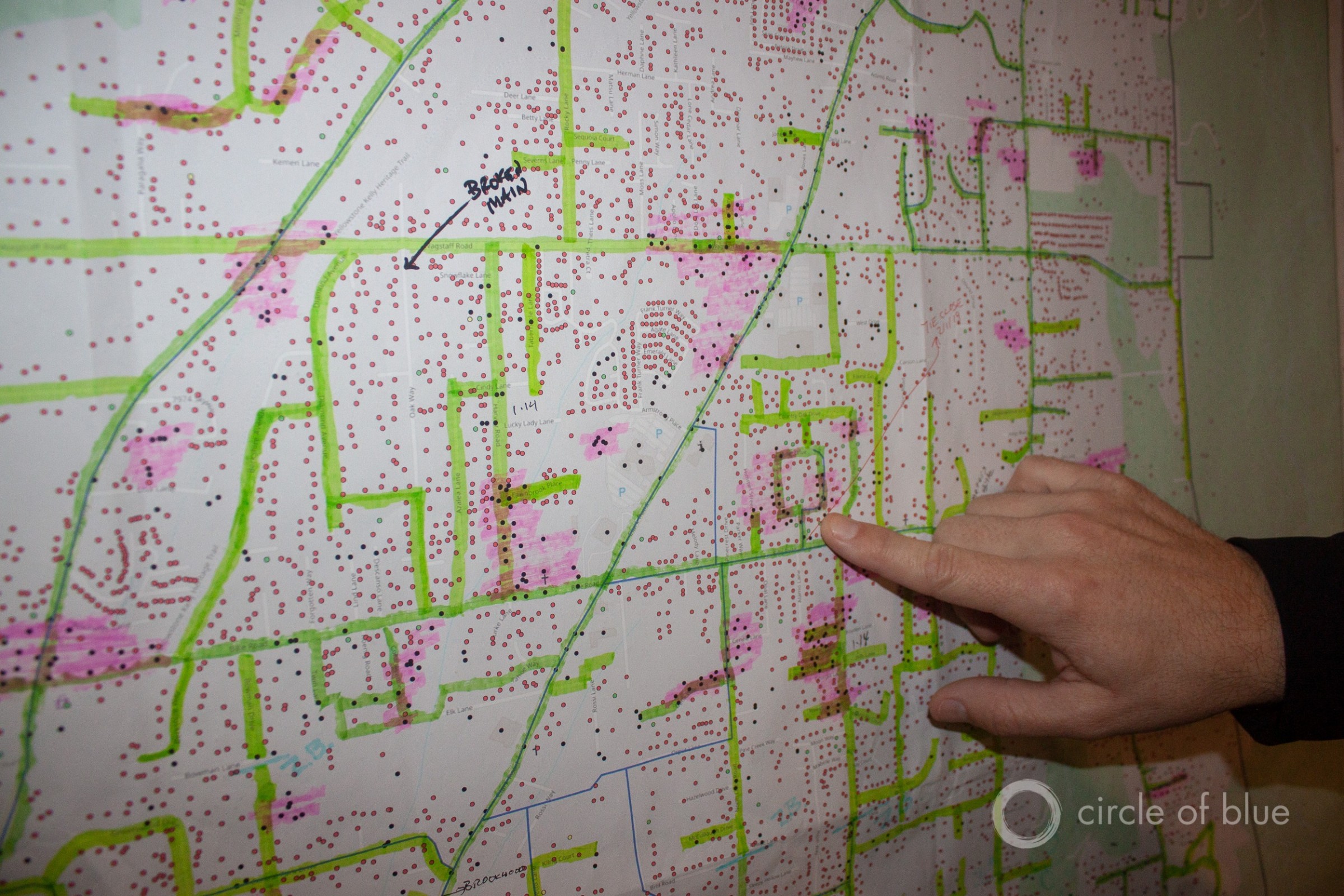
Kevin Phillips, manager of Paradise Irrigation District, the town’s water provider, points to a cluster of homes that survived the Camp Fire. Black dots represent standing structures while pink dots signify the 90 percent of buildings in town that burned down. Photo © Brett Walton/Circle of Blue
By Brett Walton, Circle of Blue
Two years and $53 million.
That’s the estimated timeline and cost for a multiphase plan to overcome the primary impediment in rebuilding the fire-damaged town of Paradise: potentially extensive contamination of the water system.
Neighborhoods with standing homes will be the first priority for repairs and could see potable water service return as soon as November, one year after the horrific Camp Fire burned to the ground about 90 percent of the buildings in the Sierra Nevada foothills town. Full restoration of potable water service to all properties will take longer, tentatively slated for February 2021.
“What we really want to focus on is getting potable service to the most people through the distribution system as fast as possible,” said Sami Kader of Water Works, the engineering firm that developed the plan. Kader presented the blueprint to the Paradise Irrigation District (PID) board at its meeting on April 17.
The plan is relatively straightforward: identify contamination in the water system, remove compromised pipes, and restore potable water service throughout a town that was home to 27,000 people before the fire. The plan, however, focuses only on the water mains and service lines owned by PID. It will not ensure that the plumbing on every property and in every standing home, from the meter to the taps, is free of harmful chemicals.
Paradise Irrigation District leaders and Kader, acknowledging that residents are eager to leave temporary housing and return home, say that they are trying to balance speed of repairs with attention to detail so that residents can be confident in their drinking water. No town in California or elsewhere in the United States has experienced fire damage to its water system at this scale.
Kader and Paradise officials cautioned residents to take all timetables and cost estimates with a grain of salt. Because so little is known about the extent of the contamination, the plan is a conservative rough draft that will be revised as sampling and testing reveal more information about the location and concentrations of benzene and other chemicals, they said.
“This plan is fluid,” cautioned Kevin Phillips, the PID manager. “We’re learning things every day.”
The Recovery Plan
The blast furnace heat of the Camp Fire unleashed an array of volatile organic compounds, including benzene, toluene, xylene, and others, into the 172-mile network of pipes beneath the streets of Paradise. No one knows exactly how it happened. The chemicals could have come from the breakdown of plastic pipes and meters when exposed to high heat, or they might have been sucked into the system from the air when water pressure dropped during the fire. Del Oro Water Company, which serves residents in the neighboring communities of Magalia and Paradise Pines, was also affected. PID has warned residents since December not to drink the tap water.
The first step in the plan is to locate household water meters. In a community that was not enveloped in an inferno, locating meters would be simple: find the box outside the house.
But in Paradise, still choked with debris and rubble, meter boxes may be covered or obscured.
The next step is to provide temporary, off-grid, non-potable water to homes that are occupied. In order for effective sampling, water in the pipes needs to stagnate for 72 hours and that can’t happen if homes are pulling water from the system.
Contractors will then take water samples at the meter and send them to labs for analysis. The labs will test for a full range of volatile organic compounds, not just benzene.
PID will replace any service lateral that registers benzene above 1 part per billion (ppb), which is the California drinking water standard. For tests that show between 0.5 ppb and 1 ppb of benzene, the pipe will be flushed and resampled at least twice. If the reading is still not below 0.5 ppb, then the line will be replaced. The mains will also be sampled and replaced if benzene levels are above 1 ppb.
After a neighborhood has been cleared and pipes replaced, PID will lift the “Do not drink” advisory and restore water service.
Kader reckons that, in the end, about 20,000 water samples will be taken. The cost and time estimates in the plan are based on only a couple hundred samples. As more samples come in, the picture of contamination will be filled in and the recovery schedule will become clearer.
“As we get two percent, five percent, we will understand how widespread the contamination is, what locations it’s occurring in, and we will have more confidence in how fast we’ll get things back online,” Kader explained.
The plan “lays out a worst-case scenario,” Richard Hinrichs, the Northern California section chief for the state Division of Drinking Water, told Circle of Blue.
“It make sense for them to do that,” he added. “They get approval for the worst case and if less is required, less will be done, and whoever pays will be satisfied.”
Phillips said that the district is hoping that all of the work will be reimbursable by the Federal Emergency Management Agency or the state.
Phillips said the plan will be pilot tested over the next four weeks, and it will be reevaluated before a community meeting on the water system recovery that is scheduled for May 14.
For Homeowners, Vigilance Still Required
The goal of the recovery plan is to repair the pipes that PID controls and establish public confidence in the water system. PID’s pipes include large distribution mains that run along arterial roads like Clark and Skyway. They also include the smaller distribution mains that parallel side streets and the service laterals that run from the mains to the meter.
But PID and its contractors will not be checking all the town’s plumbing for contaminants. Sampling will be done at the meter. The pipes that run from the meter to the house and the pipes within the house are the homeowner’s responsibility, Kader said.
It’s something that every owner of a standing home should be aware of because there is a risk of contamination, said Andrew Whelton, a Purdue University environmental engineer who has advised local and state agencies on water sampling and testing.
“There is a one hundred percent chance that there are some homes with contamination,” Whelton told Circle of Blue.
The only way to identify which homes are problematic is to take a sequence of water samples from faucets inside each home. Those samples, staggered to draw water from different segments of pipe, will show where within the plumbing network the contaminants are lodged.
“It’s really up to the homeowner to do their due diligence,” Whelton said.
The state Division of Drinking Water has not stepped in to assist homeowners.
“We don’t have regulations for this,” Reese Crenshaw, a Division of Drinking Water engineer who is involved in the Paradise response, told Circle of Blue. “This is new territory. The only way for us to exercise authority is through permit conditions.”
Crenshaw and Hinrichs drafted an order earlier this year that would have required Paradise Irrigation District and Del Oro Water District to come up with a plan for water sampling in standing homes. They never issued the order, though. Things seemed to be moving on other fronts, they said: California Office of Emergency Services is working on homeowner assistance while PID has its recovery plan.
“We’re sitting and watching now,” Crenshaw said.
Brett writes about agriculture, energy, infrastructure, and the politics and economics of water in the United States. He also writes the Federal Water Tap, Circle of Blue’s weekly digest of U.S. government water news. He is the winner of two Society of Environmental Journalists reporting awards, one of the top honors in American environmental journalism: first place for explanatory reporting for a series on septic system pollution in the United States(2016) and third place for beat reporting in a small market (2014). He received the Sierra Club’s Distinguished Service Award in 2018. Brett lives in Seattle, where he hikes the mountains and bakes pies. Contact Brett Walton

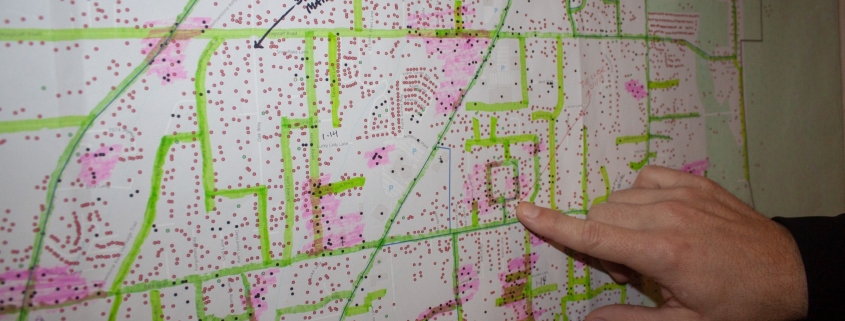

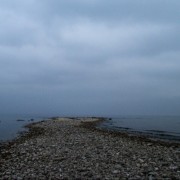
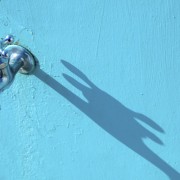

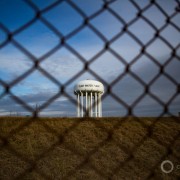
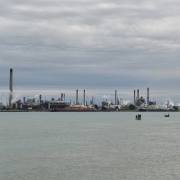
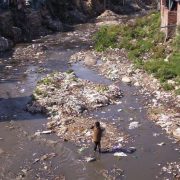


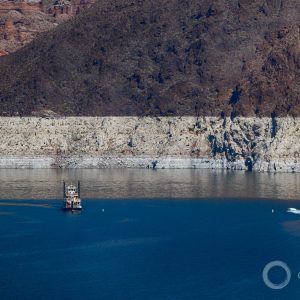
What wonderful news for the community to have their clean potable water source restored.
What or who is circle of blue ?
Is this private or government sponsored…..